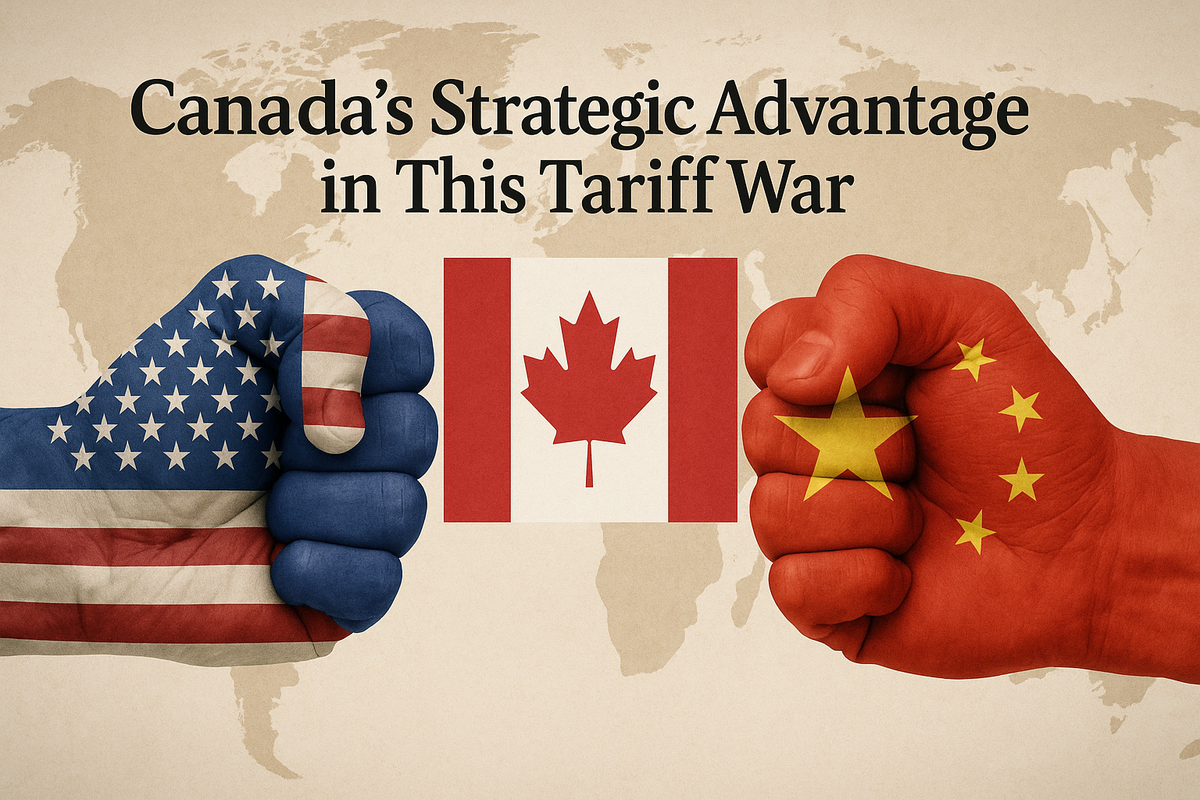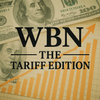
By Rob Arthurs | Certified Business Mechanic & Global Trade Strategist
In a world increasingly defined by geopolitical risk and unpredictable trade policy, Canada stands tall as a safe, ethical, and forward-looking economic force. The recent escalation between India and Pakistan — involving military strikes and threats of broader regional conflict — reminds us all why global trade strategies must be built on stability and resilience, not volatility.
But this moment isn’t just a warning for foreign buyers — it’s a call to action for Canadian entrepreneurs. If you’re sitting still or waiting for the U.S. to stabilize, you’re already falling behind.
🇨🇦 Canada’s Strengths Are the World’s Opportunity
We should never apologize for our pricing. Canadian products cost more because they’re worth more.
We employ:
- Highly educated, ethical, and skilled workers
- World-leading engineers, technicians, and designers
- Producers operating under the highest environmental and health standards
From natural health and agriculture to AI, cleantech, and advanced manufacturing, Canada produces some of the most trusted goods on earth. Now is the time to stop hiding behind the U.S. market and start boldly expanding into regions that crave Canadian quality.
🌍 Where Should Canadian Exporters Focus Next?
- Europe (via CETA)
With more than 500 million consumers, the European Union remains a high-value market that respects quality, transparency, and sustainability — everything Canada stands for.
📘 Learn more: www.international.gc.ca/trade-commerce/trade-agreements-accords-commerciaux/agr-acc/ceta-aecg - Asia-Pacific (via CPTPP)
Target Japan, Australia, Vietnam, and Singapore — markets hungry for clean food, natural wellness, and precision manufacturing.
📘 Learn more: www.international.gc.ca/trade-commerce/trade-agreements-accords-commerciaux/agr-acc/cptpp-ptpgp - Middle East & Africa (Selective Engagement)
While not without risk, certain stable regions (e.g., UAE, Kenya, Morocco) are investing in Canadian-made food, water, and energy solutions. - Latin America (Untapped Growth)
Markets like Chile, Colombia, and Mexico are rising stars for agri-food, cosmetics, and cleantech. Mexico in particular is a strategic alternative to U.S.-centric distribution.
🔧 What Canadian Entrepreneurs Need to Do Right Now
- Attend international trade shows in Canada like Web Summit Vancouver or the Global Energy Show — not just to showcase, but to meet foreign buyers and global collaborators.
- Shift the mindset from reactive to proactive. This is not the time to “wait it out.”
- Start building long-term global relationships, especially in countries where Canada has free trade agreements and political alignment.
📘 Full list of FTAs: www.international.gc.ca/trade-commerce/agreements-accords
💬 Final Thought
Canada isn’t just a place to invest in. Canada should be leading the next era of responsible global trade.
To our entrepreneurs:
Don’t just sell to whoever shows up. Go where you are wanted. Go where you are needed.
The world is shifting, and Canada has what the world is looking for.
—
Rob Arthurs
Certified Business Mechanic | Global Trade Strategist
📍 North Vancouver, BC
📞 604-202-4641
✉️ rob@robertarthurs.com
🌐 www.robertarthurs.com
TAGS: #Robert Arthurs International, #Canada Trade, #Entrepreneurship Canada, #Trade Diversification, #Canadian Exports, #SMEs, #Global Markets, #Tariff Impact, #Trade Resilience, #North American Trade, #Canadian Business, #Export Ready




